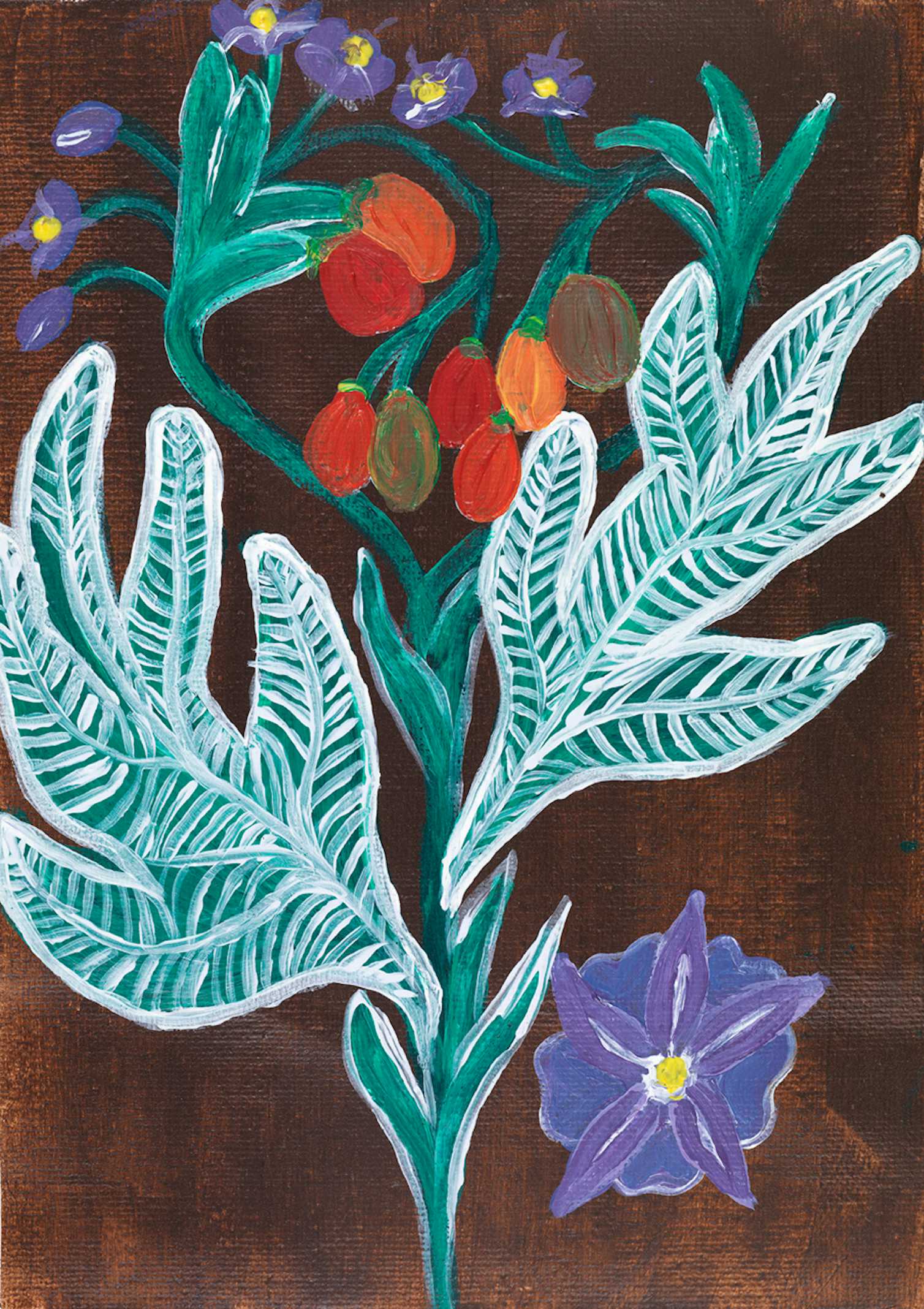Investigation topic 3: The chemistry of Aboriginal and Torres Strait Islander peoples’ practices
Throughout history, people all over the world have hypothesised, experimented, made empirical observations, gathered evidence, recognised patterns, verified through repetition, and made inferences and predictions to help them to make sense of the world around them and their place within it. Recent research and discussion have confirmed many Aboriginal and Torres Strait Islander groups use the environment and its resources to solve the challenges they face in the different Australian climates in ways that are more sustainable than similar materials produced in Western society. Their solutions can be explained by a variety of organic and non-organic chemical processes.
Questions that may be explored in this investigation include:
· Which plants are important to Aboriginal and Torres Strait Islander peoples for their medicinal properties, how are the plants processed before they are used, and what are the active ingredients (for example, the terpineols, cineoles and pinenes as the active constituents of tea trees and eucalyptus resin)?
Indigenous medicine - a fusion of ritual and remedy
In traditional Indigenous Australian society, healers used plants in tandem with precise ritual. Thousands of years later, we’re beginning to understand the science underlying these medicines.
A variety of plant species were used in “smoking ceremonies”, where the aim was usually to produce a wet steamy smoke. This was inhaled or exposed to certain body parts as part of a healing ceremony.
Plants could also be made into a poultice using animal fats for topical treatment of a variety of skin ailments. Others were chewed, with some kept in a bolus in the mouth over many hours.

Read about Gumby Gumby, natural chewing tobacco and Tea Tree oil.
Jones, G. (2014, December 4). Indigenous medicine – a fusion of ritual and remedy. The Conversation. https://theconversation.com/indigenous-medicine-a-fusion-of-ritual-and-remedy-33142
The Art of Healing
The Art of Healing: 5 medicinal plants used by Aboriginal Australians (The Conversation, June 2018)
Kangaroo apple (Solanum aviculare or Solanum laciniatum)
This is a great example of a food source and medicinal plant for many Victorian Aboriginal clan groups. This shrub varies in height. Its leaves resemble a kangaroo’s paw and it produces purple flowers.
The early fruits that form are at first yellow or green and highly poisonous, but can be eaten when they are at their ripest, turning a blood-orange colour. The fruit contains high levels of the alkaloid solanine, which can be infused from the leaves with hot water to create steroids.
Also known as bush apple, it has been farmed in several parts of the world to produce and manufacture oral contraceptives, using extracts from the young leaves and green fruits.

Kathrine ‘Kat’ Clarke (b.1988) , Dyirr-i-laiurrk, kangaroo apple (Solanum aviculare), 2018, acrylic and pencil on canvas, 20.3×14.5cm. MHM2018.23 © Kathrine Clarke. Medical History Museum, Author provided
Medicinal Plants of the Australian Aboriginal Dharawal People Exhibiting Anti-Inflammatory Activity
In this study, plants used by the Dharawal Aboriginal people in Australia for the treatment of inflammatory conditions, for example, asthma, arthritis, rheumatism, fever, oedema, eye inflammation, and inflammation of bladder and related inflammatory diseases, were evaluated for their anti-inflammatory activity in vitro. Ethanolic extracts from 17 Eucalyptus spp. (Myrtaceae) were assessed for their capacity to inhibit nitric oxide and tumor necrosis factor-α production in RAW 264.7 macrophages. Eucalyptus benthamii showed the most potent nitric oxide inhibitory effect (IC50 5.57 ± 1.4 µg/mL), whilst E. bosistoana, E. botryoides, E. saligna, E. smithii, E. umbra, and E. viminalis exhibited nitric oxide inhibition values between 7.58 and 19.77 µg/mL. Read the whole paper.
Medicinal plants of the Australian Aboriginal Dharawal people exhibiting anti-inflammatory activity. (n.d.). PubMed Central (PMC). https://www.ncbi.nlm.nih.gov/pmc/articles/PMC5223016/
Australian Aromatic Plants: Research and Therapeutics
Despite the fact that Australia is known as the “oldest continent” the Eucalyptus genus has evolved relatively recently, and the vast number of sub-species and hybrids suggests the evolutionary process is still quite active. Hence any particular wild Eucalyptus specimen may be a true species, or maybe hybrids of two species - making correct identification a difficult matter. Establishing the chemical profile of an individual plant is even more complex, since various “chemotypes” exist for some species of Eucalyptus and of the Myrtaceae family generally. Each chemotype is genetically determined and physical features and locality are not accurate indicators. The only reliable method is to submit the leaves to chemical analysis, the most common method being GC/MS = gas chromatography coupled with a mass spectrometer.

Read the rest of this extensive resource.
Australian Aromatic Plants: Research and Therapeutics. (n.d.). https://herbalfieldschool.files.wordpress.com/2017/09/australian-aromatic-plants-therapeutic.pdf